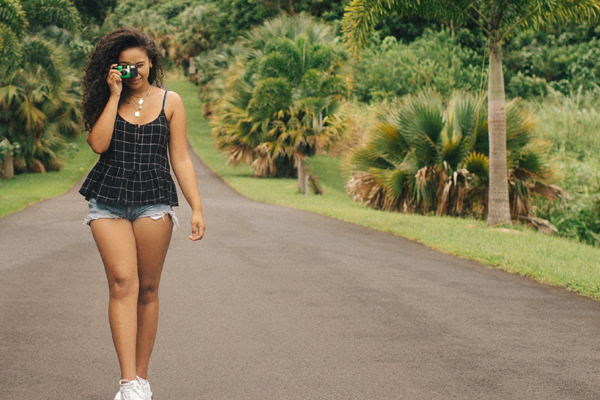-
Know Your Equipment: Understand your camera's settings and functions, whether you're using a DSLR, mirrorless camera, or a smartphone. Familiarize yourself with features like aperture, shutter speed, ISO, and focus modes.
-
Use the Right Gear: Invest in a good quality camera, lenses, and accessories such as a tripod, filters, and a camera bag. The choice of equipment can greatly influence the quality of your shots.
-
Study the Location: Research and visit your chosen location at different times of the day and year to understand how the lighting and weather conditions change. This will help you plan your shots effectively.
-
Composition is Key: Pay attention to composition principles like the rule of thirds, leading lines, and framing. Compose your shots carefully to create visually pleasing images.
-
Golden Hour and Blue Hour: The hours just after sunrise and before sunset, known as the golden hour, provide soft, warm light that enhances the colors and textures of your subject. The blue hour, just before sunrise and after sunset, offers a cool, serene ambiance. These times are ideal for nature photography.
-
Use a Tripod: A tripod provides stability, allowing for longer exposure times and reducing camera shake. This is especially helpful for capturing sharp landscapes and low-light shots.
-
Experiment with Depth of Field: Vary your aperture settings to control depth of field. Use a wide aperture (e.g., f/2.8) for a shallow depth of field to isolate a subject, or a narrow aperture (e.g., f/16) for a greater depth of field to capture more in focus.
-
Understand Shutter Speed: Adjust your shutter speed to capture motion. Fast shutter speeds freeze action, while slow shutter speeds create motion blur. Experiment with different speeds to achieve the desired effect.
-
Control ISO Sensitivity: Adjust your camera's ISO setting based on the available light. Lower ISO (e.g., 100) is ideal for well-lit conditions, while higher ISO (e.g., 800 or more) is necessary for low-light situations. Keep in mind that higher ISO can introduce noise, so use it sparingly.
-
Focus on Details: Macro photography allows you to capture intricate details in subjects like flowers, insects, and small objects. Use a macro lens or a macro mode if available on your camera.
-
Patience and Observation: Spend time observing your surroundings, as nature can be unpredictable. Be patient and wait for the right moment to capture a unique shot.
-
Post-Processing: Learn basic photo editing techniques to enhance your images. Software like Adobe Lightroom or Photoshop can help you fine-tune exposure, contrast, and color balance.
-
Respect Wildlife and the Environment: Maintain a safe distance from wildlife, and never disrupt their natural behavior. Stay on designated paths and trails to minimize your impact on the environment.
-
Stay Safe: When photographing in remote or challenging locations, prioritize safety. Inform someone about your plans and carry essential supplies, such as water, first aid, and navigation tools.
-
Continuous Learning: Nature photography is an evolving art. Keep learning, be inspired by other photographers, and practice regularly to improve your skills.
Nature photography is a wonderful way to connect with the outdoors and share the beauty of the natural world with others. Enjoy the process of capturing the magic of nature through your lens, and don't forget to explore new techniques and styles to express your creativity.




Comments (0)